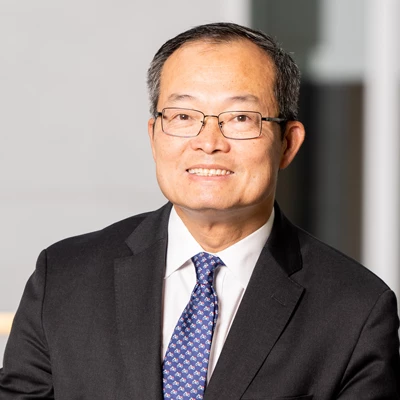
The highlands of Ethiopia, especially Tigray, were notorious for their severely degraded land. High population density, unchanged agricultural practices, climate change, the steep topography and intermittent and extreme rainfalls are the main causes of land degradation in the area.
This is alarming because natural resources provide vital services to peoples’ well-being including food and water security, livelihoods, and resilience against shocks from and natural disasters. Land degradation, in the form of erosion and nutrient depletion, is a major strain on Ethiopia’s agricultural productivity, leading to persistent food insecurity and rural poverty.
I recently had the opportunity to visit Tigray region. Because it is still the rainy season, the rugged terrain along the road from Mekelle to Raya-Azebo and Endamehoni woredas (districts) is hidden beneath green grass. If I hadn’t seen its true nature during the dry season, I would have argued that the land is as fertile as that of southern parts of Ethiopia.
The reason for my trip was to see activities implemented under the Sustainable Land Management Project I (SLMP-1) which, along with other development partners, the World Bank Group (WBG) has been supporting over the past five years (2008-2013). The project is a part of the Government of Ethiopia’s efforts to reverse some of the effects of climate change and promote proper natural resource management. Implemented in 45 critical/major watersheds in Amhara, Tigray, Oromia, Southern Nations, Nationalities and Peoples, Gambela, and Benshangul Gumuz, the project has benefited 84,500 households.
What makes the project special is that it brings the communities together for collective action in creating, rehabilitating and managing public goods. In the woredas I visited, community members provide 40 days of free labor per year, to address environmental degradation by planting trees and vegetation, building check dams and other structural soil and water management measures to control expanding gullies, creating and enforcing non- grazing/ protected areas and implementing other sustainable land management practices. I was very pleased to see that their hard work has improved their livelihoods and the environment.
I had the chance to talk to Tiblets, a petite woman, who is among the 400, 000 beneficiaries of the project. She has created a little oasis for herself in her backyard full of fruit trees, (avocado, banana, papaya) but she was especially proud of her bee hives.
“My bees produce the best organic honey” she tells me, with full confidence. “I am going to export my honey to foreign countries and earn money.” I was so happy to see how Tiblets has gone from barely having enough to eat just a few years ago to now having the ambition to be a honey exporter. Now that’s what I call sweet transformation.
In this arid region where water is scarce, farmers are reducing crop failure caused by the recurrent drought, by adopting irrigation and growing crop varieties that are able to withstand water shortages. The farmers I met in Raya Azebo are now using recycled ground water to irrigate their fields year round. This in turn has led to increased productivity on marginal lands.
The project has also found a creative way of addressing the land shortage caused by population pressures. Rehabilitated hillsides, gullies, and other degraded land have been distributed to landless community members especially youth, who have successfully turned them into productive agricultural land, growing crops including high value fruit trees that help maintain soil health.
The success of SLMP-1 in Ethiopia reaffirms that strategic vision, investment planning and coordination by the government and its development partners can generate the quality and scale of investment needed to make a transformative impact. This coupled by the unwavering commitment of all stakeholders at different level and the enthusiasm of the communities to invest in their future has transformed once barren landscapes to fertile land in many parts of Ethiopia.
I believe participation of local communities in the planning and implementation of activities and using simple technological solutions that they can implement themselves with their limited knowledge and resources contributed to the success of the project. In the two woredas, I was able to witness amazing transformation. I was happy to hear from community members, women and landless youth who were part of the solution and beneficiaries of the success. I heard strong commitments from woreda and regional governments and community members.
I am happy that the WBG contributed to this worthy cause under SLMP-1, and that an expanded SLMP-2, based on the experience learned from SLMP-1, has been launched. Equally impressive results have also been achieved in other regions of Ethiopia. Although interventions under the current phase of the project (SLMP-2) have been scaled-up and are expected to benefit around 1. 8 million people, it only covers about 20% of the rural woredas in the country. Therefore there is still a lot of room for further scaling-up such interventions and ensuring that all woredas that are in need are included.
Other interventions such as the Productive Safety Nets and the Agricultural Growth Program (AGP) are also being implemented in parallel, with support from the WBG and other development partners and are addressing the gap in promoting sustainable land management and increasing productivity. However, more synergy is needed among these interventions to maximize their impact. For example, AGP can be used to support Tiblets and other farmers in their desperate need to bring their goods to markets.
Ethiopia has acquired vast experience in sustainable land management. It is my sincere hope that these lessons learnt over the past few years will serve as valuable input for replicating or scaling-up similar activities not only in Ethiopia but beyond!


Join the Conversation